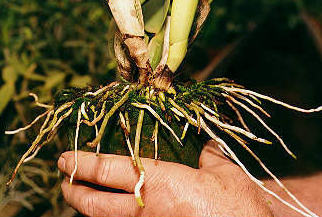

| As this interview is a bit long, if you want, you can read it off line (without the images). To do this, go to the Edit tab in your browser, choose Select All and then Copy. Open your word processor, start a new document and press Ctrl + V, or choose Paste at the Edit tab and voilá. |
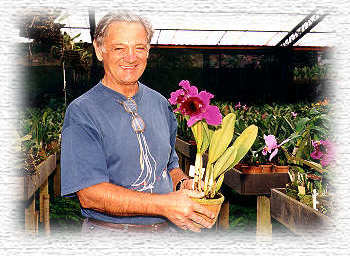
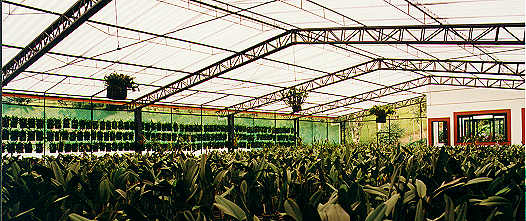
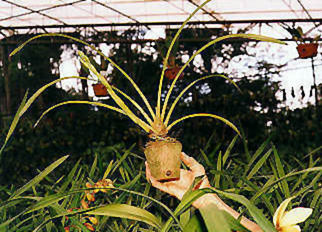
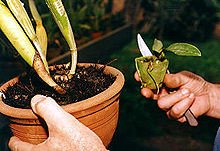 and if we have an automatic, uniform watering, we'll water every one in the same way. The day after you water, the small pots will be dry and will need to be watered again but the big ones don't, so we'll water pots which are in need and those which aren't. If the watering is manual, you can have the control and when you water the small pot, you can double or triplicate the dose because it will dry out faster. To have a automatic watering, you must unify, in one greenhouse you only have small pots and in another, the big ones.
and if we have an automatic, uniform watering, we'll water every one in the same way. The day after you water, the small pots will be dry and will need to be watered again but the big ones don't, so we'll water pots which are in need and those which aren't. If the watering is manual, you can have the control and when you water the small pot, you can double or triplicate the dose because it will dry out faster. To have a automatic watering, you must unify, in one greenhouse you only have small pots and in another, the big ones. 